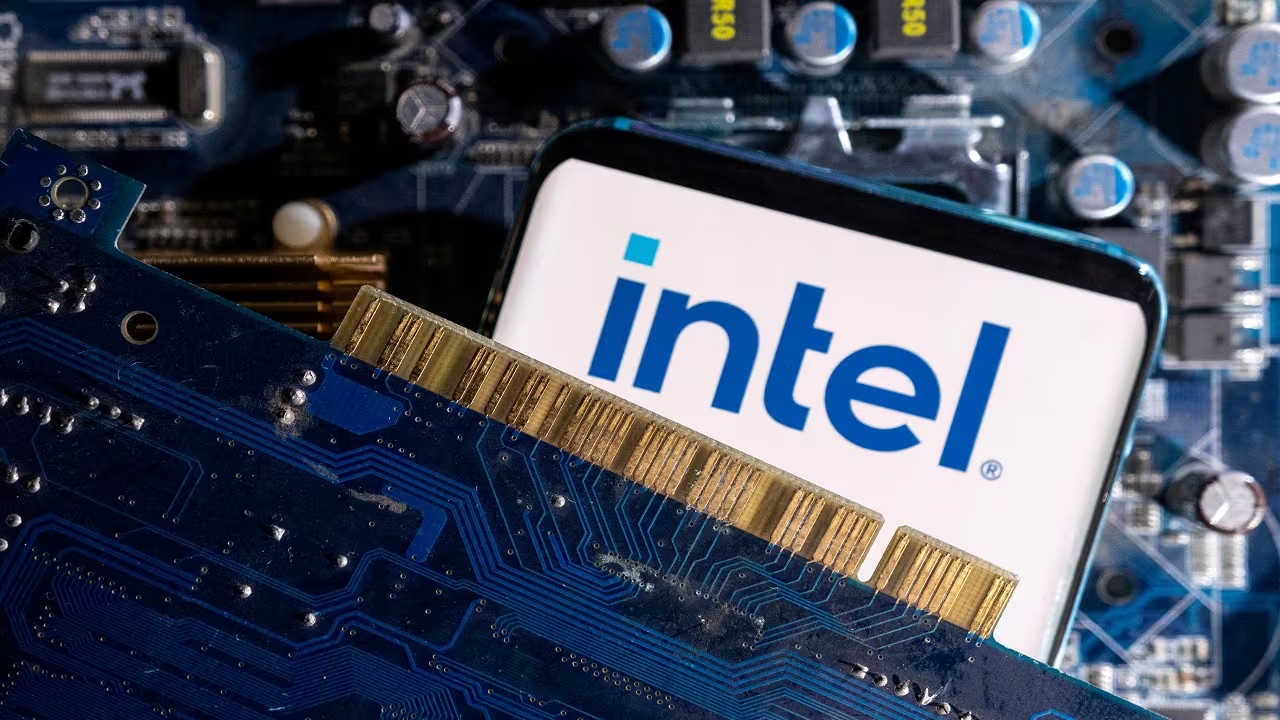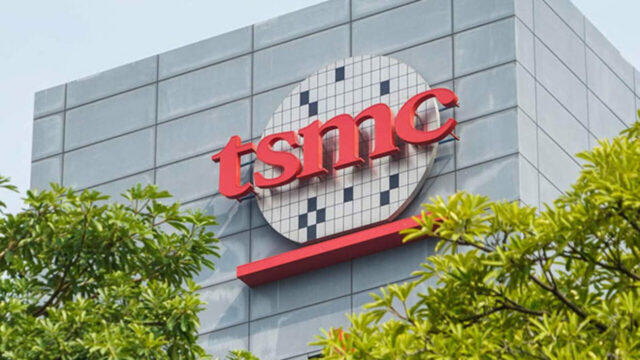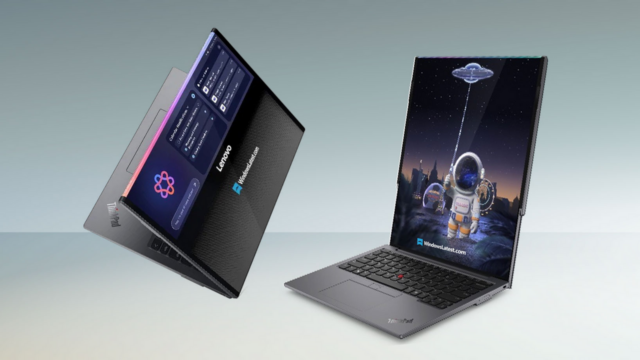Apple and Nvidia are interested in Intel’s 14A manufacturing process. Both companies have accessed design kits for this next-generation manufacturing technology, developed by Intel, and are evaluating trial production. While Intel’s 14A process has not yet resulted in a definitive investment decision, it has reached a critical point due to interest from major technology companies.
Intel’s 14A manufacturing process is in high demand
Intel CEO Lip-Bu Tan recently stated that the company is abandoning its “first produce, then sell” approach and that new investments will be shaped only by specific customer demands.

Following this announcement, Apple and Nvidia’s interest in the process represents a strategic development for Intel. It is reported that Apple may plan limited 14A production as part of its dual-factory strategy to reduce supply chain risk in its M-series processors. Nvidia, meanwhile, is reportedly evaluating 14A for its entry-level GPU products.
The 14A process technically builds upon Intel’s currently developing 18A process. Equipped with second-generation RibbonFET transistor structures and a new power architecture called PowerDirect, this process promises high performance and energy efficiency on paper.
However, the commercial viability of these technologies will be determined by manufacturing costs and efficiency. Therefore, the future of 14A will depend not only on its technological capabilities but also on direct support and demand from customers like Apple and Nvidia.
No final investment decision has yet been made by Intel. The possibility of the company delaying or canceling 14A if demand is insufficient remains a topic of discussion. Therefore, pilot studies conducted by Apple and Nvidia could play a decisive role in 14A’s future.













